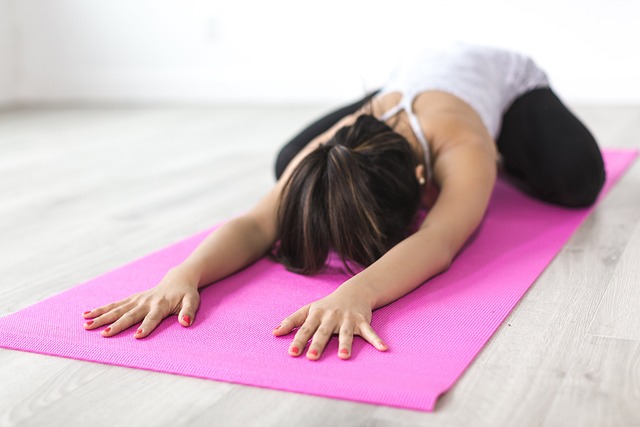Getting extra workouts daily can be a great way to improve your fitness level. There are a few different ways you can do this. Depending on your lifestyle, you can do exercises that are designed to help you get into better shape, or you can do some fun activities that will give you a boost in energy.
Lifting weights twice a day
Adding an extra workout can increase your fitness level, muscle gain, and muscle size. However, working out twice a day can also be dangerous. It can cause burnout and overtraining. It can also lead to musculoskeletal problems and emotional fatigue.
Studies have shown that lifting weights twice a day can increase your overall performance. In addition, the exercise can improve your muscle protein synthesis and mitochondrial development.
You’ll want to start by learning proper form and technique. Having a personal trainer or fitness coach is also helpful. This will also help you avoid injury. You’ll also want to make sure your body gets the nutrients it needs.
When lifting weights, you’ll want to focus on strength training, not cardio. It is important to warm up and cool down, and to make sure your muscles are fully recovered before and after each exercise.
Dance
Getting extra workouts daily by dancing can be a fun and effective way to improve your overall health and well being. Getting your heart rate up will help build up your cardiovascular system, increase your energy levels, and boost your mood. In addition, it can also lower your blood pressure, cholesterol, and stress levels.
Getting extra workouts daily by dancing can also boost your confidence and self-esteem. It is an excellent way to connect with other people and gain new friendships. Plus, it is a great way to lose weight without making a big lifestyle change.
One of the many reasons it’s an excellent form of exercise is the wide range of muscle groups it uses. Using your glutes, quads, and hamstrings will not only strengthen your leg bones, but it can also be an excellent workout for your back and chest.
Laughter yoga
Laughter yoga is a form of exercise that uses the power of laughter to improve your physical and emotional health. It can help you deal with stress and depression. It can also strengthen your immune system.
Laughter yoga is a relatively new concept in body-mind exercise. It incorporates several elements of traditional yoga and gentle breathing techniques. The exercises can be performed alone or in a group.
The basic routine of a laughter yoga class consists of clapping, palm-to-palm contact, and a simple chant. The clapping stimulates the acupressure points on the hands, while the palm-to-palm contact and chanting build positive energy.
Laughter yoga can be practiced by anyone, and there is no need to have a special mat or clothing. There are many YouTube videos demonstrating the different exercises.
Non-exercise activities
Adding non-exercise activities to your daily routine is a great way to burn extra calories while reducing your risk of developing obesity. These small physical activities can increase your metabolic rate, improve your blood sugar levels, and reduce your risk for cardiovascular events.
You can burn up to 2,000 calories a day doing non-exercise activities. These include walking, sitting, standing, gardening, and other low-intensity physical tasks. It is important to incorporate these into your life in order to get a healthy balance between your activity levels and your diet.
In addition to burning calories, these activities can also help you to achieve your weight loss goals and get better clothes. For example, by taking the stairs instead of the elevator, you can improve your strength and balance, and you will also be able to maintain a healthier heart rate.
Symptoms of overtraining syndrome
Symptoms of overtraining syndrome are usually exhibited by an athlete who has been involved in a training regimen that is too intense or too long. The syndrome can lead to an injury or general unwellness. It is important to identify signs of overtraining before the condition becomes severe.
Overtraining can result in mood problems, loss of enthusiasm, joint pain, muscle injuries, and mental fatigue. If you suspect you are suffering from overtraining, contact a sports medicine professional or certified fitness trainer. They can help you determine the best course of action to combat the condition.
The cause of overtraining is complex, but it is most often the result of overreaching. This occurs when muscles do not recover sufficiently between workouts. It usually leads to a feeling of run down, and the athlete will have to cut short their training sessions.

